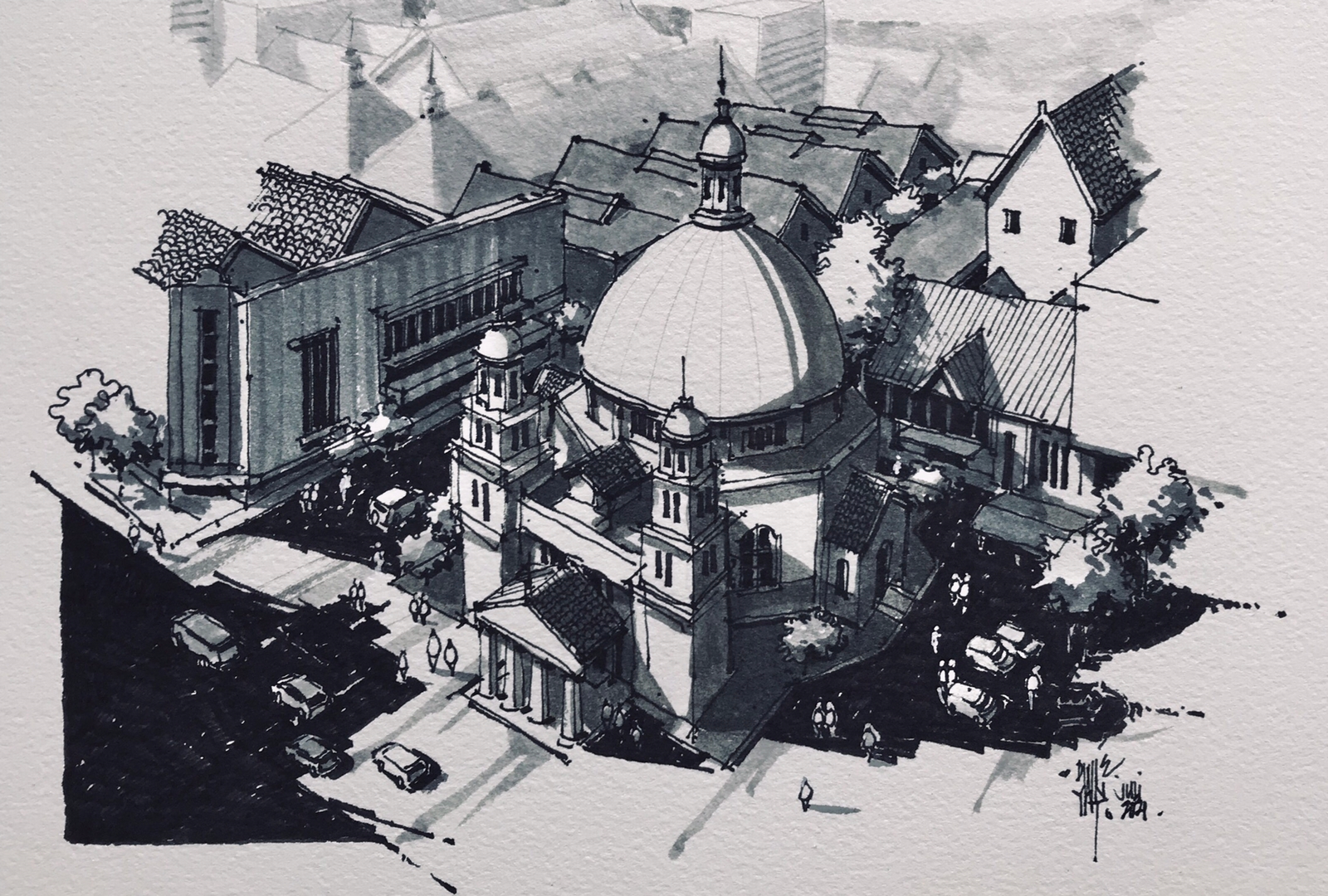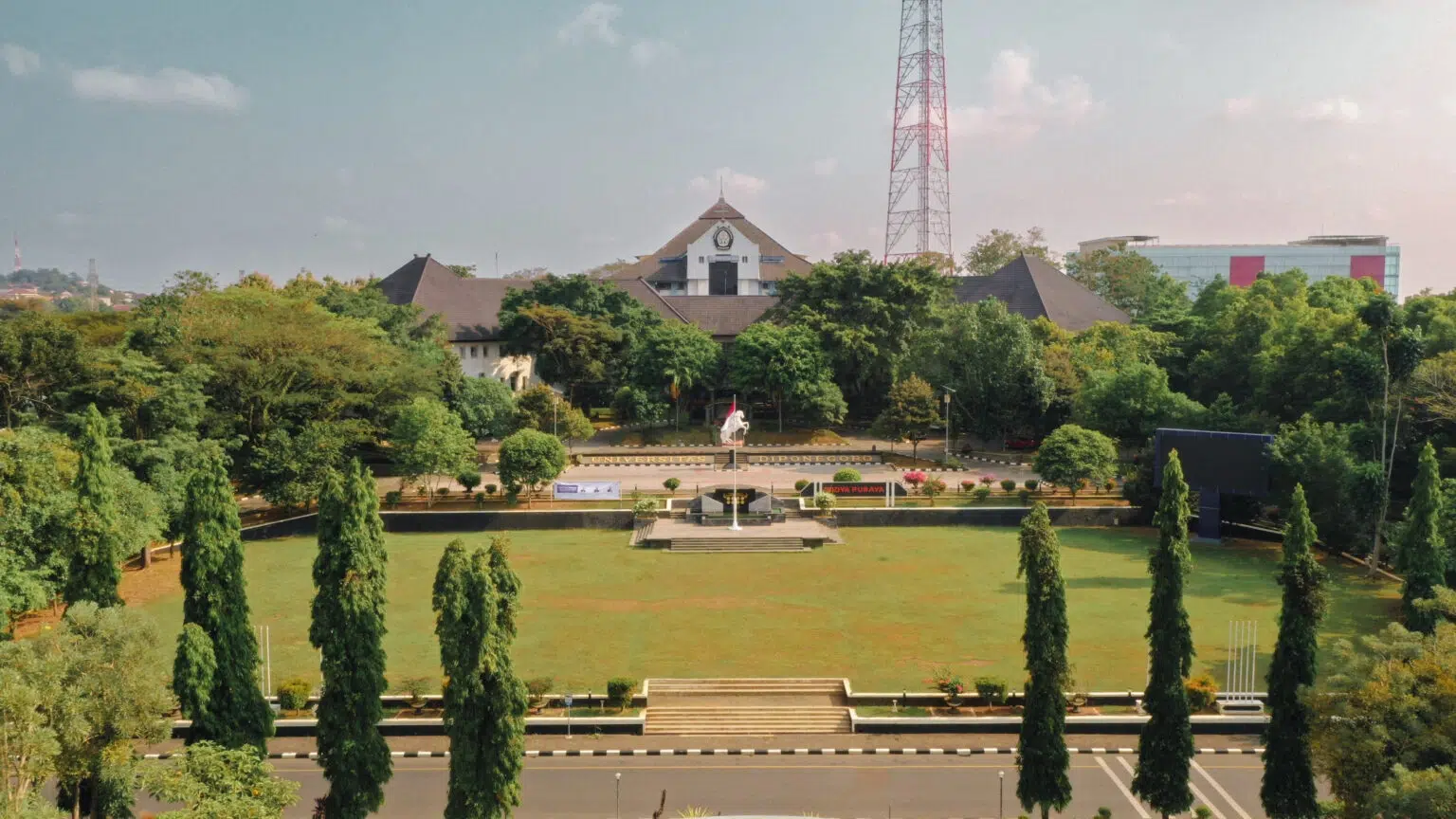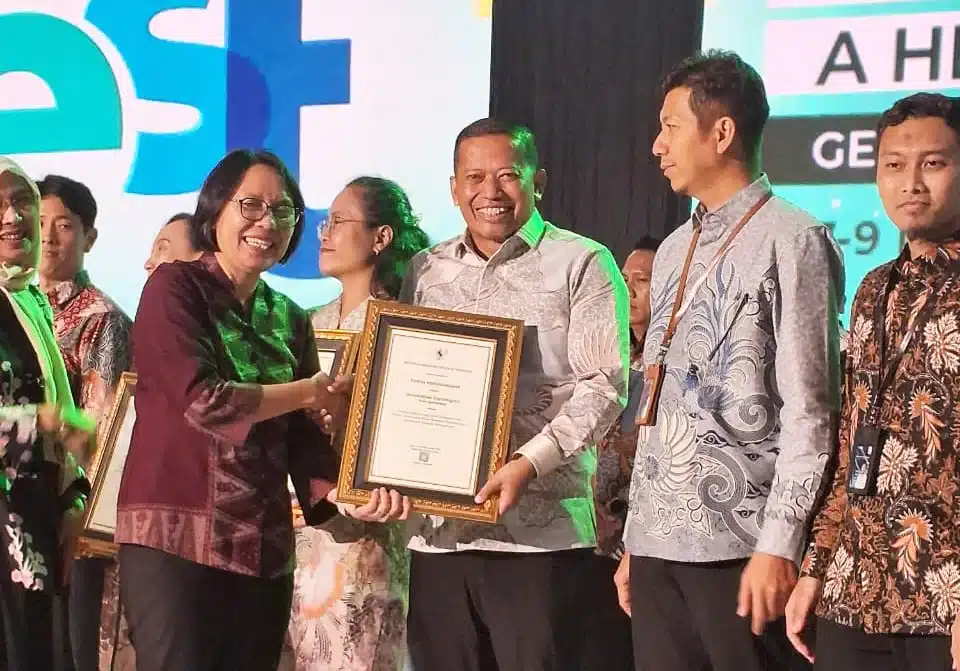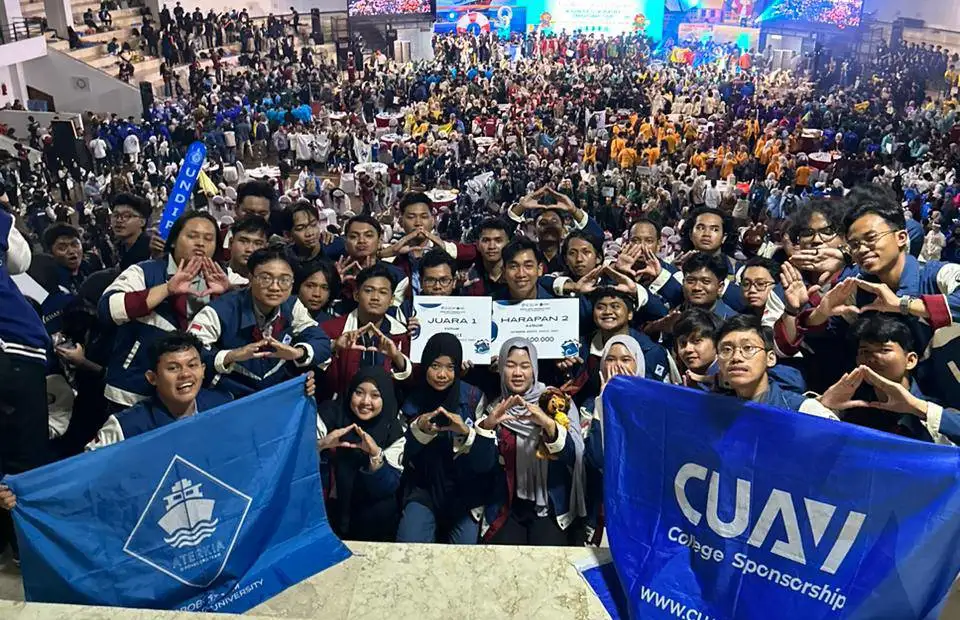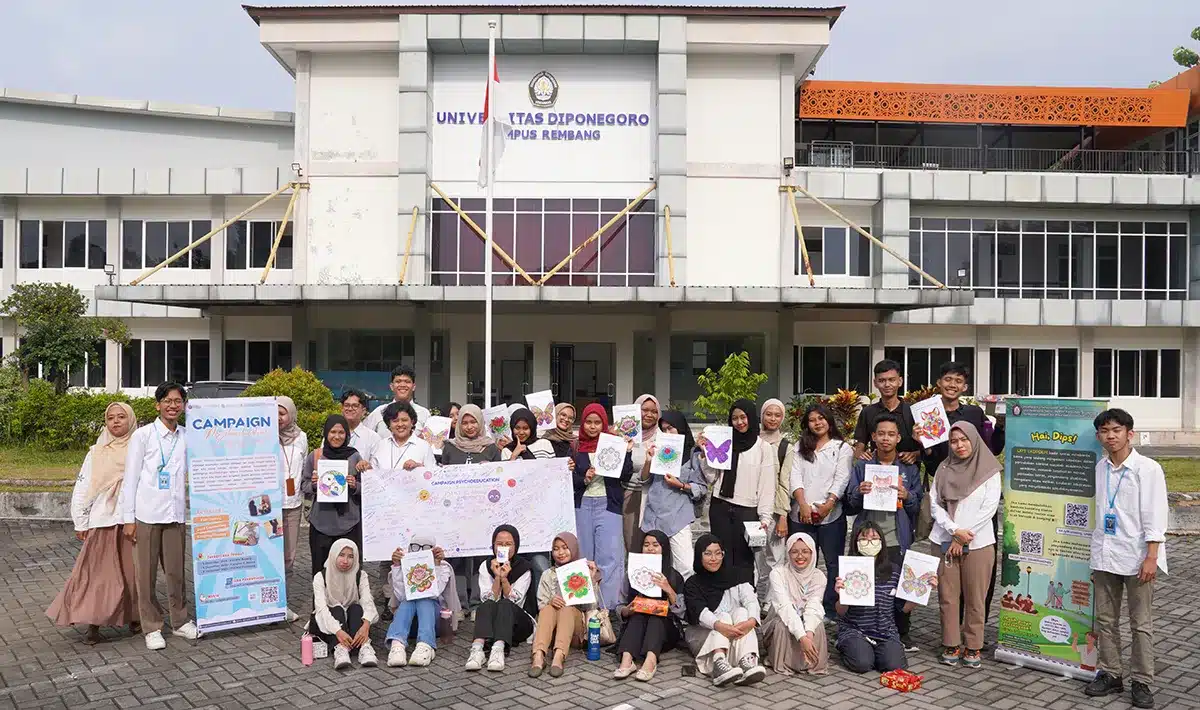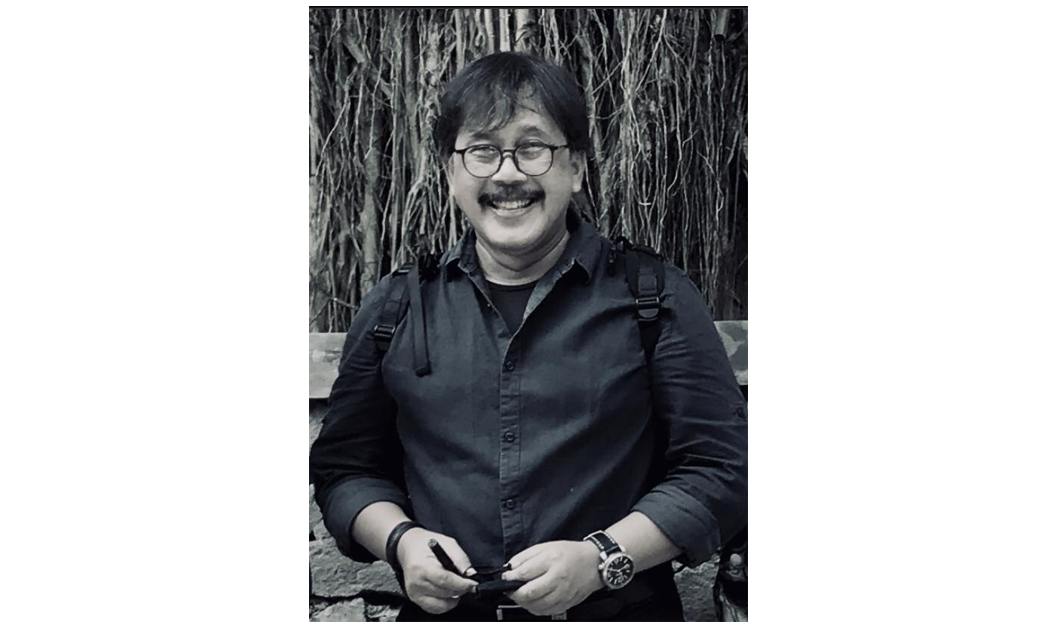Dr. Ir. Agung Dwiyanto, MSA, IAI, GP, is a Lecturer in Architectural Engineering at the Faculty of Engineering, Diponegoro University, specializing in Architectural Design with an in-depth study of Hospital buildings. His educational history includes a graduate Bachelor of Architecture at Undip, a Master of Architecture at Bandung Institute of Technology, and a Doctor of Architecture at Diponegoro University.
Dr. Agung said that in designing or developing buildings, one of which is a hospital building, an understanding of the activities, facilities, and requirements is needed to ensure user comfort and safety because each process is related to each other and is carried out in stages. The design of hospital construction is indeed different because it requires unique spaces that require separate attention, especially with regard to the characteristics of the space in each installation and its relationship to the design of the mechanical and electrical networks within it. Therefore, in making building plans, you must go through an analysis of each space requirement and research various supporting infrastructures in the hospital environment that will be built.
“The diagnostic radiology room, for example, contains medical equipment that uses radioactive substances, so it needs to be specifically designed so that it can provide safety and comfort for its users. The negative effects of this radioactive radiation when it hits the human body will cause genetic, somatic, teratogenic, stochastic, and non-stochastic effects with congenital diseases that are likely to be suffered, namely radiodermatitis, cataracts, infertility, and acute radiation syndrome. The dangers of radiation from radioactive substances cannot be felt or seen directly and can penetrate various types of materials,” he said.
Apart from being a teaching staff in the academic field, he also works in the professional world. Positions that have been entrusted include Chair of the Architectural Design Study Program-D3; Head of the Architecture department; Rector’s Expert Staff, Deputy Director of the Directorate of Assets and Design; Chairman of the Central Java Architect’s Association; Technical Team for Construction of the Constitutional Museum of the Constitutional Court of the Republic of Indonesia; Architectural and City Advisory Team (TPAK); Building Expert Team (TABG); and currently as a Professional Expert Team (TPA) for the city of Semarang. As a professional architect, he is actively involved in the planning and design team of several buildings and hospitals on a regional and national scale.
Outside of his role as a practitioner and academic, Dr. Agung also has a hobby of sketching. Even though he has been involved in the field of architecture for many years, he has only focused intensely on sketching in the last 5 years. At first, he had no talent for drawing and couldn’t even draw at all. However, he believes that all abilities can be trained if we are happy and have the intention to learn. From this hobby, in 2023, he won the 1st place award in the Hutama Karya and Metemorfosart 5# sketch competitions.
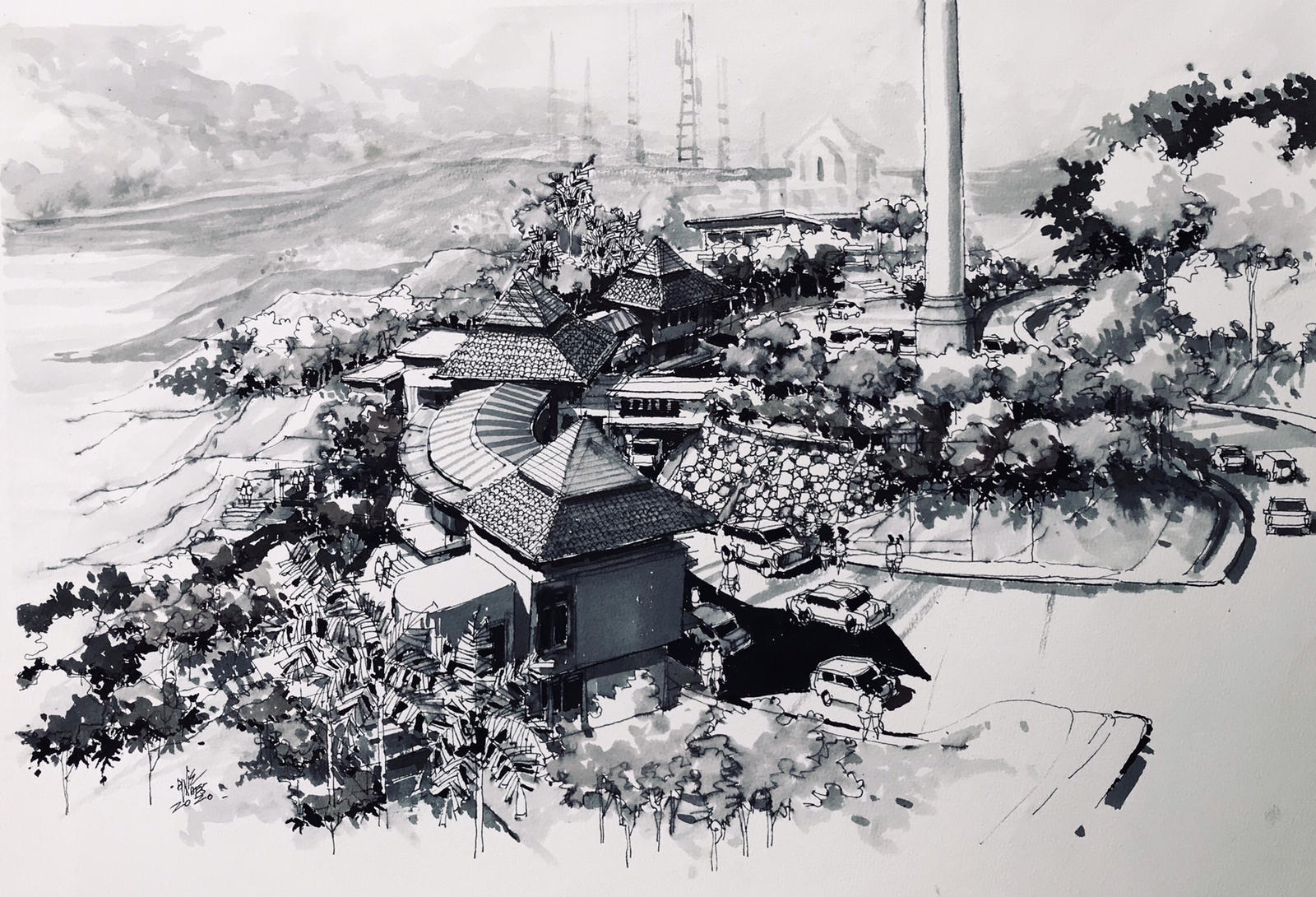
“In the world of architecture, we must be able to interpret what is created. Not only are we able to draw, but we must be able to provide informative sketches to other people,” he said.
“The majority of new students are not yet able to draw; maybe only around 20% already have that ability. However, again, drawing can be practiced, and what is important in architecture is not only to have good drawings but also to make the resulting drawings informative. Apart from that, the image of architectural children having to be able to draw well should be removed because as time goes by, everyone will be able to follow as long as they focus and persist,” explained Dr. Agung.
Meanwhile, regarding his hopes for Undip’s progress towards becoming a World Class University, from an architectural perspective, he believes that by increasing competitiveness, such as returning to our origins, we can do other things to improve ourselves. We can study the works of our previous ancestors, who were very wise in harmonizing with the local climate and culture. The world has recognized that we will be able to sharpen our understanding of how to create works; we can understand the philosophy and then develop it with today’s technology and building materials.
“Dare to be different and give your best! We will definitely be able to compete steadily,” he concluded. (LW/Dethisa- Public Relations)
